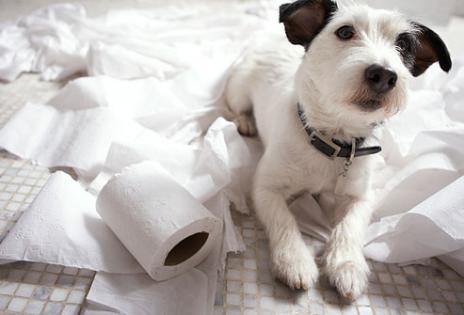More than half of Australian women think it’s normal to leak a little urine every now and then, according to a new survey of over 1,000 Australian women carried out by lights by TENA®.
Almost half believe that bladder weakness is an issue that only women over the age of 40 suffer and only 5.7% believe it to be a problem that younger women encounter.
But that’s not so according to the Continence Foundation of Australia. Almost one in five Australian women aged 20-29 and two in five aged 30-34 years have experienced bladder leakage.
Although little is known about it and it’s viewed as an ‘older female problem’, bladder weakness affects millions of Australian females of all ages each year and is more common than hay fever.
But most women feel too embarrassed to talk or do anything about bladder weakness.
Acknowledging the fact that Australian females are highly reluctant to talk about the’ little problem they don’t have,’ lights by TENA ® have launched a first of its kind educational campaign to help women understand the problem, and empower them with the tools to overcome it without the need to share or discuss the issue far and wide.
“This is a modern day issue that women have to deal with,” according to consultant physiotherapist, Jane Le Fevre. “It is more common amongst younger women than most people think. It’s important to understand that if this is something you are experiencing, it’s OK to admit it. But you don’t have to accept it. There are several ways to regain control and in many cases, prevent leaks happening altogether.”
The campaign aims to teach women about their pelvic floor muscles and how they can strengthen these to stop bladder leaks.
“If you experience an uncontrolled leak from time to time, you have light bladder leakage. Women have so much going on in their everyday lives, it’s easy to ignore light bladder leakages and pretend it’s not happening. But by acknowledging it, women can seek a solution and take control of their situation,” continues Ms Le Fevre.
The causes of bladder weakness are multiple and include childbirth, exercise, weight issues, irritations, and some genetic or medical issues can also contribute.
Ms Le Fevre has the following tips for women experiencing bladder weakness:
1. Find your Pelvic Floor
The pelvic floor runs from your pubic bone at the front of your pelvis to the coccyx at the back. Imagine this sling of muscles is like two elevator doors. As you lift it, imagine the doors closing together and then lifting towards your head. The rest of your body should stay still.
2. Practice gentle lifts throughout the day
Practice lifting during the day at your desk, or at the sink while washing your hands, not just lying down at the end of the day. Work on connecting with it and then seeing if you can hold it for 5 seconds. As it is an internal exercise, no one will know you are working out.
3. Combat coughs and sneezes
Strong contractions are needed to resist higher loads on your pelvic floor, such as coughs or sneezes. So if you feel a cough or sneeze on its way, lift your pelvic floor as strongly as you can and try and keep it lifted while you sneeze. If at first this is a bit difficult, scrunching your toes in your shoes can help you to get a little bit more oomph!
4. Practice practice practice!
If you don’t use it, you will lose it! Imagine a hose flowing with water lying on a trampoline. If the trampoline is floppy, when a foot comes and steps on the flowing hose, the flow will continue as there is no resistance from the trampoline. Now imagine the trampoline is strong, a foot stepping down on the flowing hose will be met with some resistance so the hose will be bent and the flow will stop.
“Bladder weakness is not something women simply have to put up with. This campaign seeks to educate and empower Australian women to take control and manage the issue,” says Ms Le Fevre.
For more expert tips and video demonstrations on how to strengthen the pelvic floor, visit www.lightsbyTENA.com.au.








 Agree (0)
Agree (0) Disagree (
Disagree (











__small.png)










